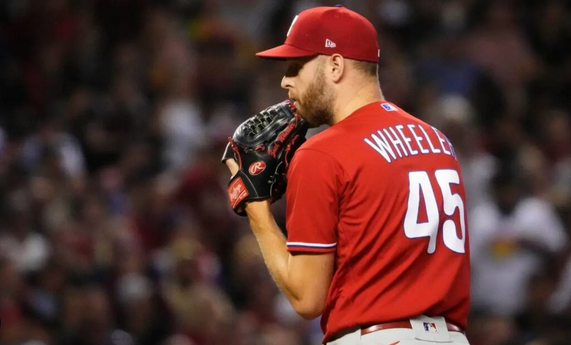According to Ronald Blum of the Associated Press, Major League Baseball has finalized the luxury tax calculations for the 2023 season, and the eight teams that are above the Competitive Balance Tax threshold will collectively pay a total of $209.8 million.The total amount and the total number of tax-paying teams are new records, having surpassed the previous highs of $78.5M (in 2022) and six teams (in 2016 and 2022).
Here is what each of the eight teams owes for surpassing at least the $233M base CBT threshold….
As a reminder of how the luxury tax operates, the CBT figures are determined by the average annual value of salaries for players on the 40-man roster. A player earning $20M over two seasons, for example, has a CBT number of $10M, even if the player might earn $8M in the first year of the contract and $12M in the second year. Deferred money in a contract can reduce a luxury tax number to some extent — most famously, Shohei Ohtani’s $700M deal with the Dodgers contains $680M in deferred money, so his CBT hit will be roughly $46M per season instead of $70M.
If a team didn’t spend more than the CBT threshold in the previous season, they are deemed “first-time payors.” For every dollar spent between $233 million and $253 million, 32% of the amount between $253 million and $273 million, 62.5% of the amount between $273 million and $293 million, and 80% of the overages for any amount over $293 million, would be due by a first-time payer. These percentages increase if a team exceeds the CBT line in three or more consecutive seasons, and they increase even more if a team is a tax payer for two straight seasons. Three teams (Texas, Atlanta, Toronto), three teams (Philadelphia, both New York teams), and two teams (San Diego, Los Angeles) were first-time payors in this year’s CBT class.
The $293M threshold was instituted in the last Collective Bargaining Agreement as a fourth penalty tier, and it is unofficially known as the “Steve Cohen Tax” in a reference to the Mets owner’s penchant for big spending. Even though New York has only topped the CBT whatsoever in 2022 and 2023, it isn’t surprising that Cohen’s team set new standards for tax payouts. The Mets’ tax payroll of $374.7M and approximate $100.78M tax bill far exceeded the 2015 Dodgers’ previous records of $291.1M and $43.6M, respectively.
This bill would’ve been even higher if the Mets hadn’t unexpectedly struggled, and unloaded some expensive contracts at the trade deadline in order to save some money and reload with an eye towards probably 2025 as a more clear-cut return to contention. Blum also notes that the Mets received a $2,126,471 tax credit related to a CBA provision, which slightly reduced their bill further.
As usual, the least significant aspect of the fines is probably the actual financial cost of exceeding the tax, particularly for teams that just about made it past the first threshold.If a team breaches the CBT line, they will be subject to additional penalties for free agents who decline qualifying offers. These penalties could include having to pay more to sign a player who declines a QO or receiving less money if a team’s qualified free agent signs elsewhere.For example, the Dodgers lost $1 million in international draft pool funds and their second and fifth-round picks in the 2024 draft in addition to $700 million in signing Ohtani.Should Josh Hader or Blake Snell sign with another team, the Padres would not receive their compensatory draft selection until after the fourth round.
Spending on talent is more often than not a recipe for success on the field, though obviously hardly a guarantee. The Mets had a losing record, and the Padres and Yankees each squeaked over the .500 mark with 82-80 records. The other five tax payors reached the playoffs, though the Phillies and the World Series champion Rangers were the only members of that group of five to win at least one postseason series.
The league will distribute the $209.8 million in tax revenue among three parties. A supplemental commissioner’s discretionary fund will hold $103.15 million, of which the first $3.5 million will fund player benefits, $103.15 million will fund individual player retirement accounts, and the remaining $103.15 million will be divided among revenue-sharing recipient teams that have increased their (non-media) local revenue over a pre-determined number of years.
/cdn.vox-cdn.com/uploads/chorus_image/image/71466400/usa_today_19164887.0.jpg)
